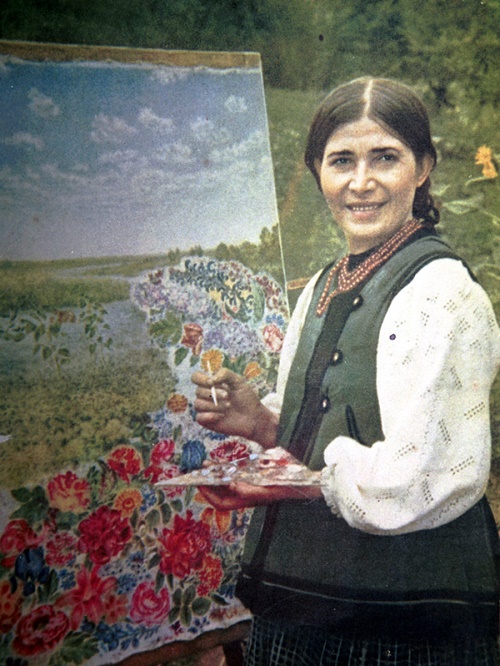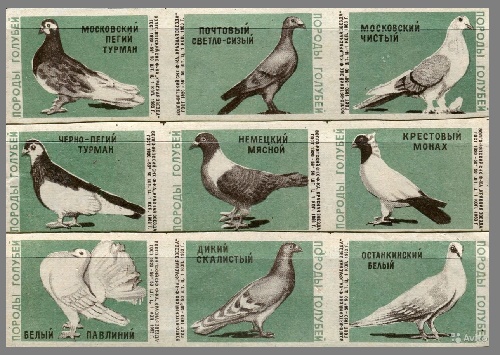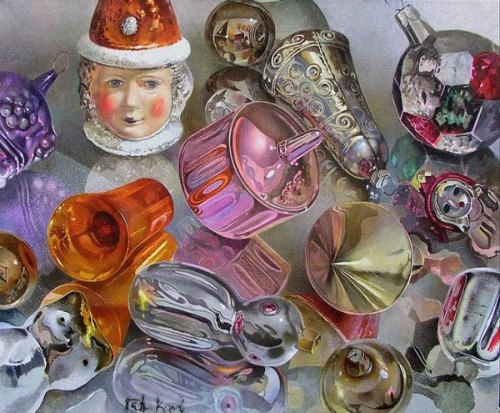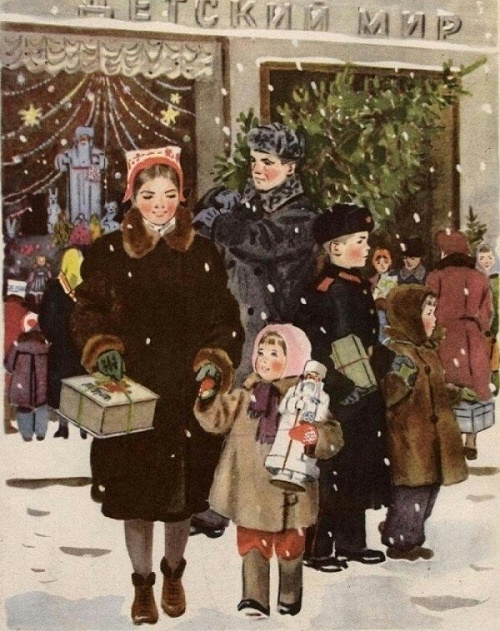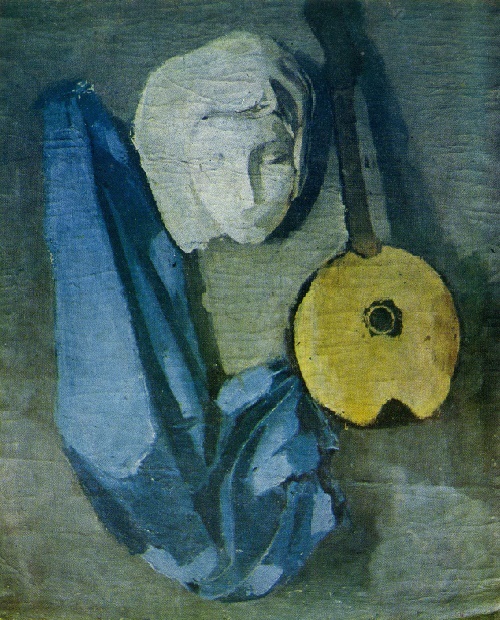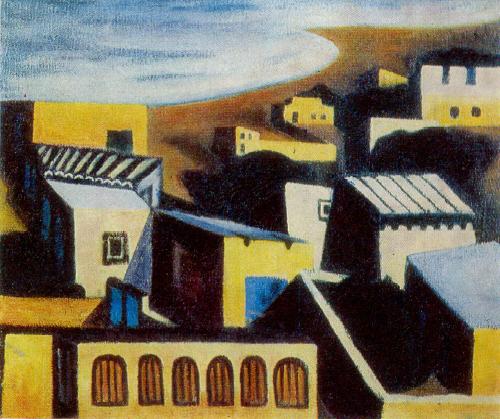Soviet Ukrainian naive artist Yekaterina Belokur
Soviet Ukrainian naive artist Yekaterina Belokur
Amazing and unique is painting of Yekaterina Belokur, a peasant from the village of Bogdanovka in the Kiev region. More than fifty years have passed since the death of the artist, but her contribution to the Soviet art seems more significant and original. And the country highly appreciated achievements of Yekaterina Belokur – she was awarded the honorary title of People’s Artist of the Ukrainian SSR, and the Honored worker of arts of the USSR. In her native village Bogdanovka appeared the monument to the outstanding master, as well as a museum of her works. Unfading flowers by Belokur praised the art of the Soviet Ukraine, and embodied the bright creativity of a peasant woman who devoted her talents to the beauty of her native land.
More »
